China’s culinary heritage is incredibly rich and diverse, with the Eight Great Cuisines standing as shining examples of its gastronomic traditions. Each cuisine is shaped by unique geographical, historical, and cultural factors, offering a distinctive flavor profile and cooking style.
Sichuan Cuisine, renowned worldwide, is famous for its bold and fiery flavors. Chili peppers, Sichuan peppercorns, and garlic are staple ingredients, creating a numbing and spicy sensation known as “ma la.” Dishes like Mapo Tofu and Kung Pao Chicken showcase the art of balancing spiciness with other tastes, such as numbing, savory, and sweet. The use of various cooking methods, from stir – frying to braising, adds to its complexity.
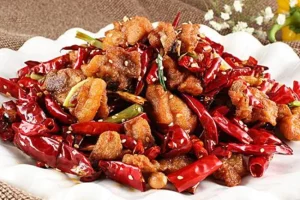
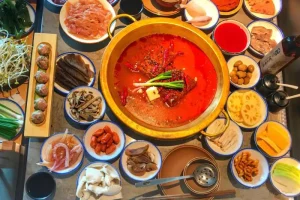
Cantonese Cuisine, originating from southern China, emphasizes the freshness of ingredients. Light and delicate, it focuses on steaming, stir – frying, and roasting to preserve the natural flavors. Dim sum, a beloved part of Cantonese food culture, includes a wide range of bite – sized delicacies like steamed shrimp dumplings (har gow) and barbecued pork buns (char siu bao). Seafood is also prominently featured, given Guangdong’s coastal location.

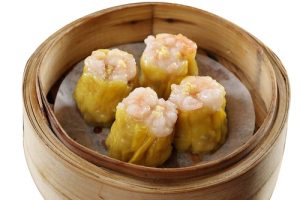
Shandong Cuisine, one of the oldest, is known for its use of onions, garlic, and a variety of seasonings. It excels in quick – frying, stir – frying, and braising. Dishes often have a rich, umami taste. For example, the famous Dezhou Braised Chicken is tender, flavorful, and cooked with a secret blend of spices. Shandong Cuisine has influenced many northern Chinese cooking styles.
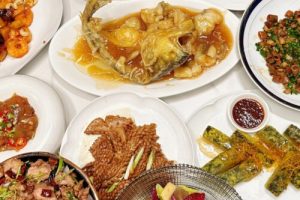
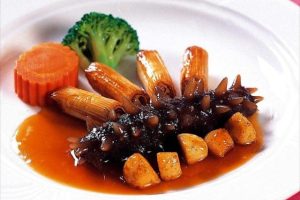
Jiangsu Cuisine, also called Huaiyang Cuisine, features mild and fresh flavors. It uses a lot of aquatic products due to its location near rivers and lakes. Stewing, braising, and simmering are common cooking techniques. The Jinling Salted Duck is a classic Jiangsu dish, with tender meat and a subtly salty taste.
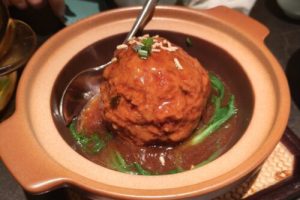
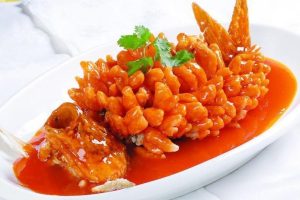
Zhejiang Cuisine is characterized by its freshness, tenderness, and lightness. It combines a variety of cooking methods, such as frying, stir – frying, steaming, and braising. West Lake Vinegar Fish, with its sweet – and – sour sauce, is a well – known Zhejiang dish that highlights the region’s preference for delicate flavors.
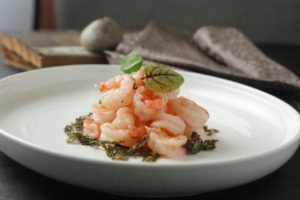
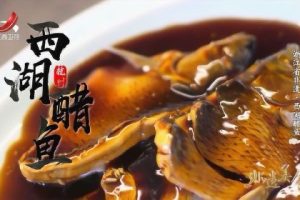
Hunan Cuisine, similar to Sichuan Cuisine in its love for spiciness, has its own unique style. It uses more dried chili peppers and less Sichuan peppercorns. The spiciness in Hunan dishes is often accompanied by a strong aroma. Dishes like Chairman Mao’s Braised Pork, slow – cooked to perfection, showcase the combination of spiciness and richness.
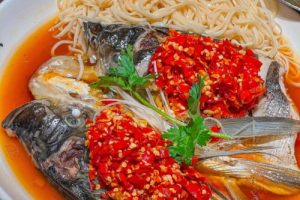
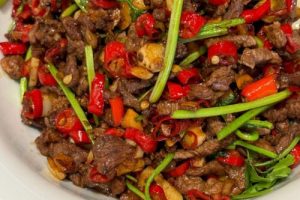
Fujian Cuisine makes extensive use of seafood and mountain delicacies. It is known for its clear, sweet, and light soups, as well as unique cooking techniques like red – cooking and steaming with wine. Buddha Jumps Over the Wall, a complex and luxurious dish, combines various high – quality ingredients in a rich broth, representing the essence of Fujian Cuisine.
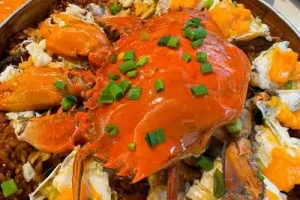
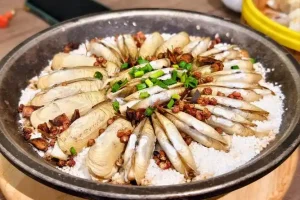
Anhui Cuisine focuses on wild game and local produce. It often uses slow – cooking methods to bring out the flavors of the ingredients. Smoked and braised dishes are common, and the use of ham and rock sugar gives Anhui dishes a unique sweet – and – savory taste.

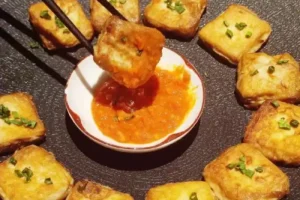
These Eight Great Cuisines not only satisfy the taste buds but also tell the story of China’s vast regions, reflecting its diverse cultures and traditions.
